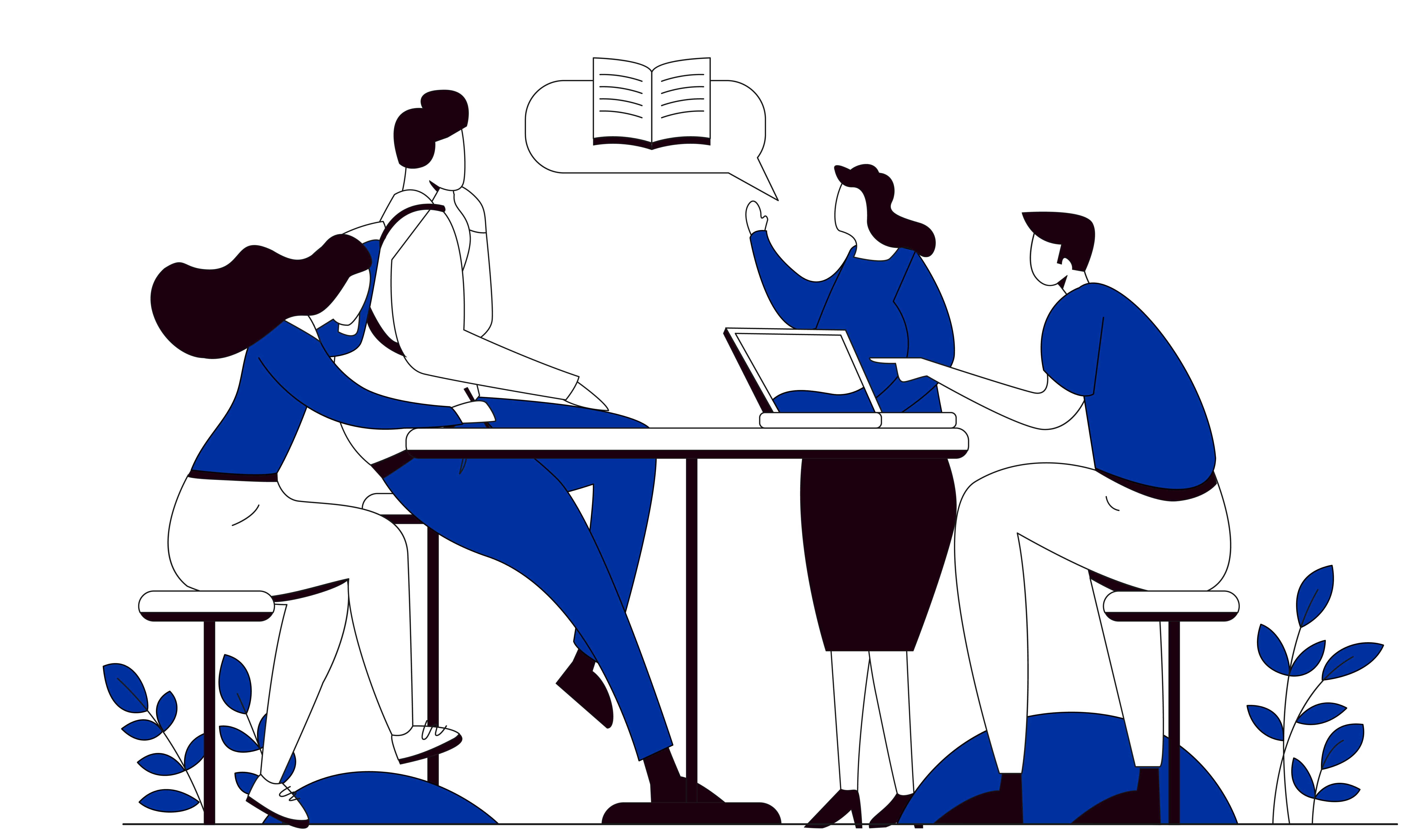Migration and Diversity
Celebrating diversity: Cultural rights and migration
This text is an abridged excerpt from the report A/HRC/52/35: Cultural Rights and Migration by Special Rapporteur in the field of cultural rights, Alexandra Xanthaki.
Overview: Migration often turns individuals from being part of a majority to being part of a minority; from being part of the mainstream society to being part of peripheral and often marginalized communities and hence makes their cultural rights more vulnerable. Migration means that cultural objects of importance are often forcibly left behind, frequently because of the limitations of existing trade law. Migration brings with it the loss of important places, communities and relationships, tools or instruments; the rising costs of goods and services that impact on the ability to continue meaningful heritage practices; the loss of a broader supportive community that fosters intergenerational transmission; and sometimes even resistance or opposition to continuing certain heritage practices in the new home country.
A generational gap between the older generations of migrants, who have strong cultural frameworks from their societies of origin, and the younger generations, who have internalized the cultural values and practices of the host societies, may also have a negative impact on the cohesion of the community. That often creates tensions within communities. The grief stemming from losing the connection with one’s familiar cultural environment can lead to cultural bereavement and an identity crisis.
The United Nations Special Rapporteur in the Field of Cultural Rights emphasizes that migration also has positive effects for the cultural rights of all involved, as the change of circumstances requires the rethinking and renegotiation of cultural meanings and norms. As cultures are dynamic, such revisions come from the individuals and groups themselves. The process of being open to other cultural frameworks expands horizons, creates innovative ideas and theories through the fusion of cultural references and evolves cultures, individuals and groups to better adapt to current realities, both local and global.
The mixing of communities, contexts and cultural resources that takes place through migration is certainly an enriching and dynamic exercise that promotes the cultural development of all involved. However, such processes need the implementation of cultural rights and their realization for all to be continuously monitored. That involves understanding the wide spectrum of cultural rights and the derivation of specific obligations. The State has the primary role to play in implementing those rights as the main duty bearer of cultural rights.
